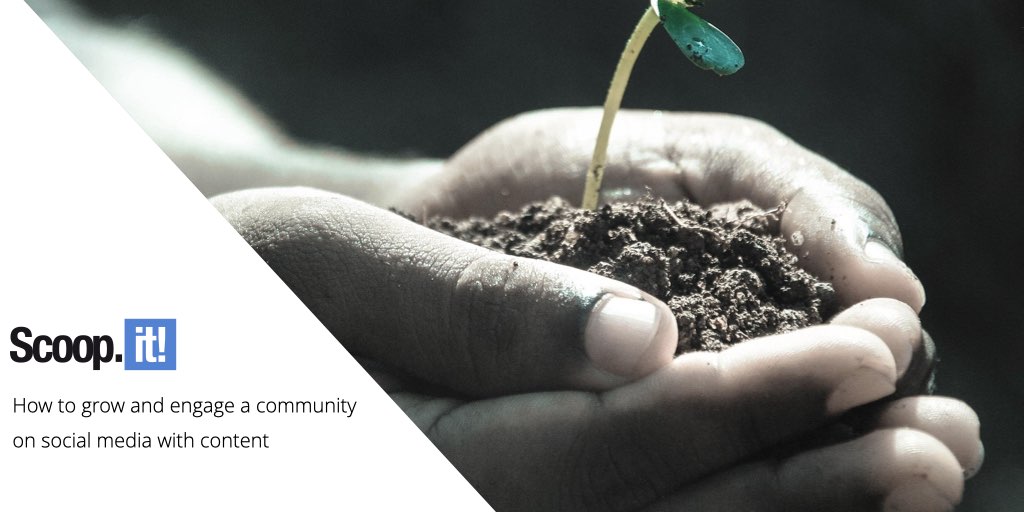
Are you seeing results from your social media activities? Or is it just another thing to worry about on your already full plate as a marketer?
If your answer is closer to the second option, you’re missing out on the benefits of an engaged community on social media. Unlike some other platforms, social media is ideal for a two-way communication with people who support and buy from your brand.
Don’t forget: social media is meant to be social.
But if you’re struggling to get comments, shares, likes, and click-throughs on your posts, engagement can feel like a catch-22. If no one is engaging with your posts right now, it’s harder to attract engagement—and vice versa.
In this guide, we’re sharing six main ways to adjust your content on social media for engagement.
Tell a visual story with images, videos, and emojis
The fact that people crave and engage with visuals isn’t new. People like, share, and respond to content that grabs their attention in their social media feed. If it doesn’t, they’ll scroll past it.
Sprout Social reported that consumers want to engage with images and video more than any other type of content:
If you want to make your content more engaging, when you’re working on a new post, ask yourself:
- Could an image communicate this in a way that stands out?
- Would a GIF or a video share this story in just a few seconds better than just text can?
- If I used emojis, would it improve the tone of the story?
The best thing about using visuals in your post is that there are no limits and options are endless.
Here’s a great way that Shopify used an illustration to champion both their employee and small businesses:
On a platform like Twitter where adding an image or a video isn’t a requirement for posting, emojis can add dynamics, clarity, and engagement. Here’s an example of emoji use from Revolut:
When it comes to emojis, reports have shown that:
- Using emojis results in 25.4% more engagement on Twitter
- Using emojis results in 57% more likes, 33% more comments, and 33% more shares on Facebook
- Almost 50% of all comments and captions on Instagram contain emojis
Images, videos, GIFs, and emojis are a great way to get creative in your social media posts and drive meaningful reactions.
Give your customers and community a voice
Think of all the ways your company impacts the world. This could be the results your paying customers are getting, changes in your local community, online connections you’re facilitating, fundraising, and more.
Take note of these results and outcomes and share them on your social media.
If you’re sharing a customer success story, direct quotes are ideal. No one can speak about your customer’s experience better than the customer itself. Here’s an example from Intercom:
In a tweet like that, you can always experiment with tagging the person and/or the company you’re featuring as this can spark a conversation.
Here’s another great example from Intercom in which they’ve shared their conversation with Black Tech Unplugged around the racial inequality:
When you give others a voice on your platforms, you make your wider community feel seen and heard. This will help you set a lasting foundation for engagement.
Talk about your topic in a way that brings value
As we’ve said many times before, content marketing isn’t about you, but about the people you serve. In other words: stop talking about yourself.
People come to social media to feel good: relaxed, entertained, educated, empowered. They want to feel better than they did before they opened the app. This is why it’s crucial to create posts that focus on your audience and how they can benefit from what you have to say.
What kinds of topics and posts will help you achieve this? Here are some examples:
- Answers to questions people frequently ask you about your area of expertise
- Short tips and tricks
- Demonstrations of processes or products on your topic
- List of steps to achieve a result (think recipes)
Here’s a creative example from Diana Briceño, a social media strategist (she shares the tips both in her caption and in the carousel images):
Of course, food recipes are the ultimate way this works: you teach someone how to cook a delicious dish in just a few minutes. Here’s how BuzzFeed Food shares their recipes (and gets huge engagement on these posts):
Think of recipes as a great framework to share valuable tips and steps in a way that’s easy to take in.
You can also answer this question to get inspired: If you usually write longer, educational content for your blog, how can you boil those topics down to its main parts to share on your social media?
Share useful content from other people
Now take that same approach from the previous point and apply it to content you don’t own.
Ask yourself:
- How can content from other people contribute to the topics you usually talk about and your community cares about?
- Are there other, surrounding topics that would make sense for you to share that others are experts on?
- Which companies do you want to build a relationship with, and share their content as part of your efforts to do so?
You can share content from other people and companies by directly curating it to your social media feeds, or by reposting what they’ve posted (for example, by quote-tweeting it or sharing an Instagram post to your stories).
Content curation has many benefits, including staying consistent on social media, building credibility, connecting with others in your space, and scaling your content production.
Check out this example of curated content from Buffer. They’ve shared a study that shows how consumer behavior changed during the COVID-19 pandemic. This topic isn’t specific to their focus on social media, but their audience is made of marketers who will benefit from knowing about those changes:
Another great example is this one from Melanie Deziel, content marketer and international speaker. She shared a podcast episode that mentioned her book, but she focused on sharing the actual episode and tagging the podcast and its guest first:
Scoop.it can help you curate content to specific topics and content hubs and easily share it to your social media feeds. Not just that: you can schedule it so you can curate more content at once and publish it on a staggered schedule, and you can add your own insights and thoughts to add even more value!
If you want more tips on content curation, this content curation strategy guide is for you.
Reply to customers and supporters
As we said earlier, social media is about being social. Even if you do all of the tips we listed so far, but never proactively engage and reach out to members of your community on social media, your results will suffer.
The best thing you can do as a brand is to show that you aren’t just another faceless brand. Without people supporting you, your company wouldn’t exist, so spend time cultivating a two-way relationship through your social media channels.
This will help you keep the conversation going and stay top-of-mind.
You can take the approach from folks at Buffer, who send supportive responses to people mentioning them in their daily updates:
You can also run searches on Facebook, Twitter, and Instagram to find posts to engage with. For example, you can:
- Search for keywords related to your main topics
- Search for hashtags your audience typically uses
- Find accounts of people and companies your audience also engages with and look for posts, comments, and discussions you can participate in
Ask questions
Finally, what better could you do to drive engagement than to ask your followers to engage with you?
In other words: ask questions, run polls, conduct surveys. People love to share their opinions, struggles, and comments.
Many native social media features let you do that on the platform itself: Instagram stories polls and Twitter polls are the best examples of it.
Here’s how Hootsuite made the most out of Twitter polls when Instagram introduced hiding likes, a highly controversial change in the world of social media:
Hundreds of people answered (it only takes a click!) and a few dozens replied or shared a comment when retweeting this poll. Great polls will make your engagement explode.
Another, more clever and creative way to get your community involved is by asking how you can help them—and getting super specific when you do it.
For example, Jamie Oliver asked if anyone needed inspiration for dinner on a Monday night:
This was a very successful post: it got hundreds of replies and many retweets with comments. But the best part was that Jamie Oliver (or his team that runs the account) replied to many of the replies with a relevant recipe or tip. Win-win!
It’s time for genuine community engagement on social media
That’s it—you now have the tips for showing up on social media feeds of your target audience in a way that will make them feel good and get them to engage.
Remember: This isn’t as simple as posting X times per day or showing up at the exact times you’ve predicted your audience will be online. It’s about adding value to their lives instead of adding noise.
It’s time to take action. Start with one or two tips from this list to create your next social media posts. Expand from there and track your results so you can keep improving!


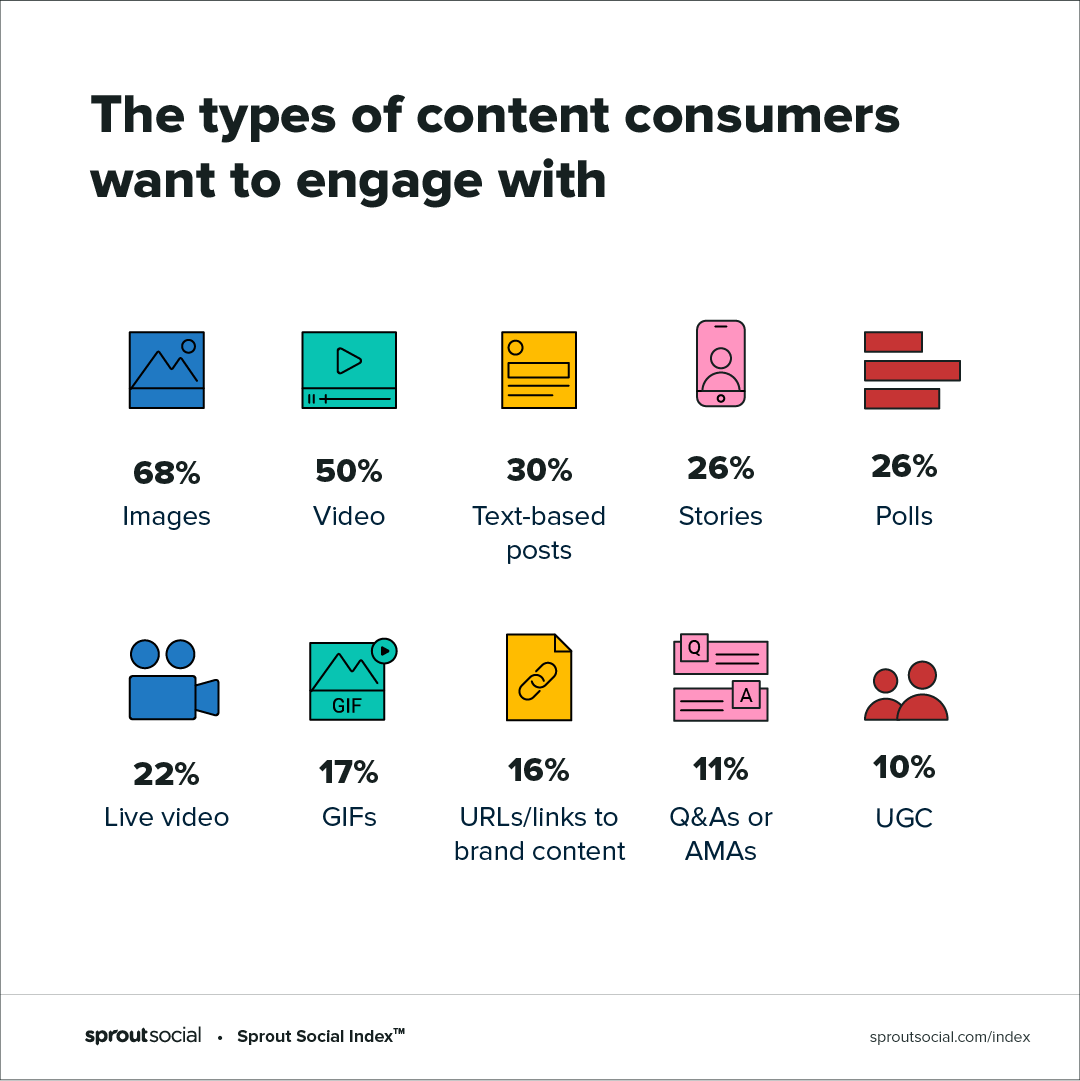
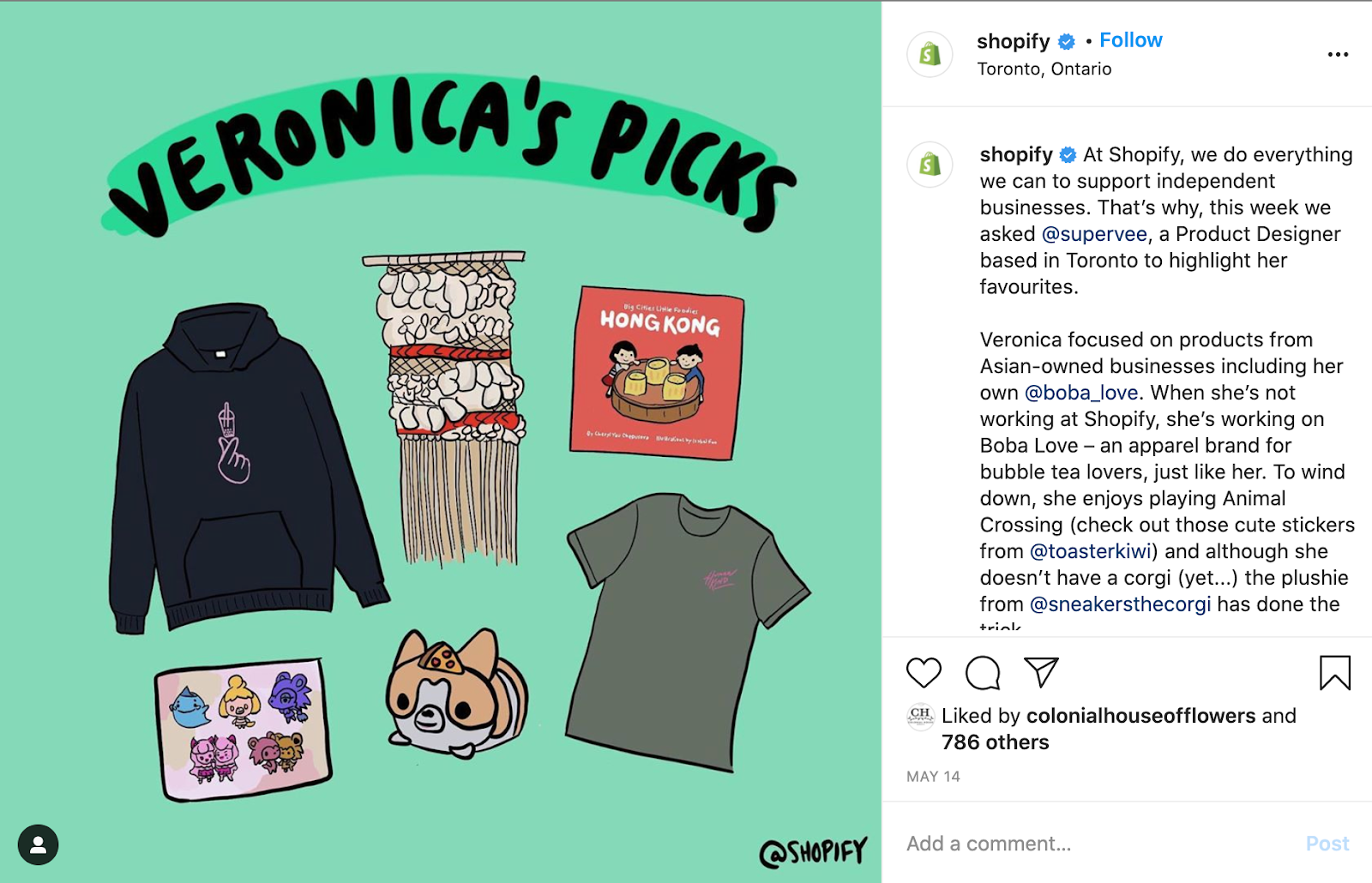
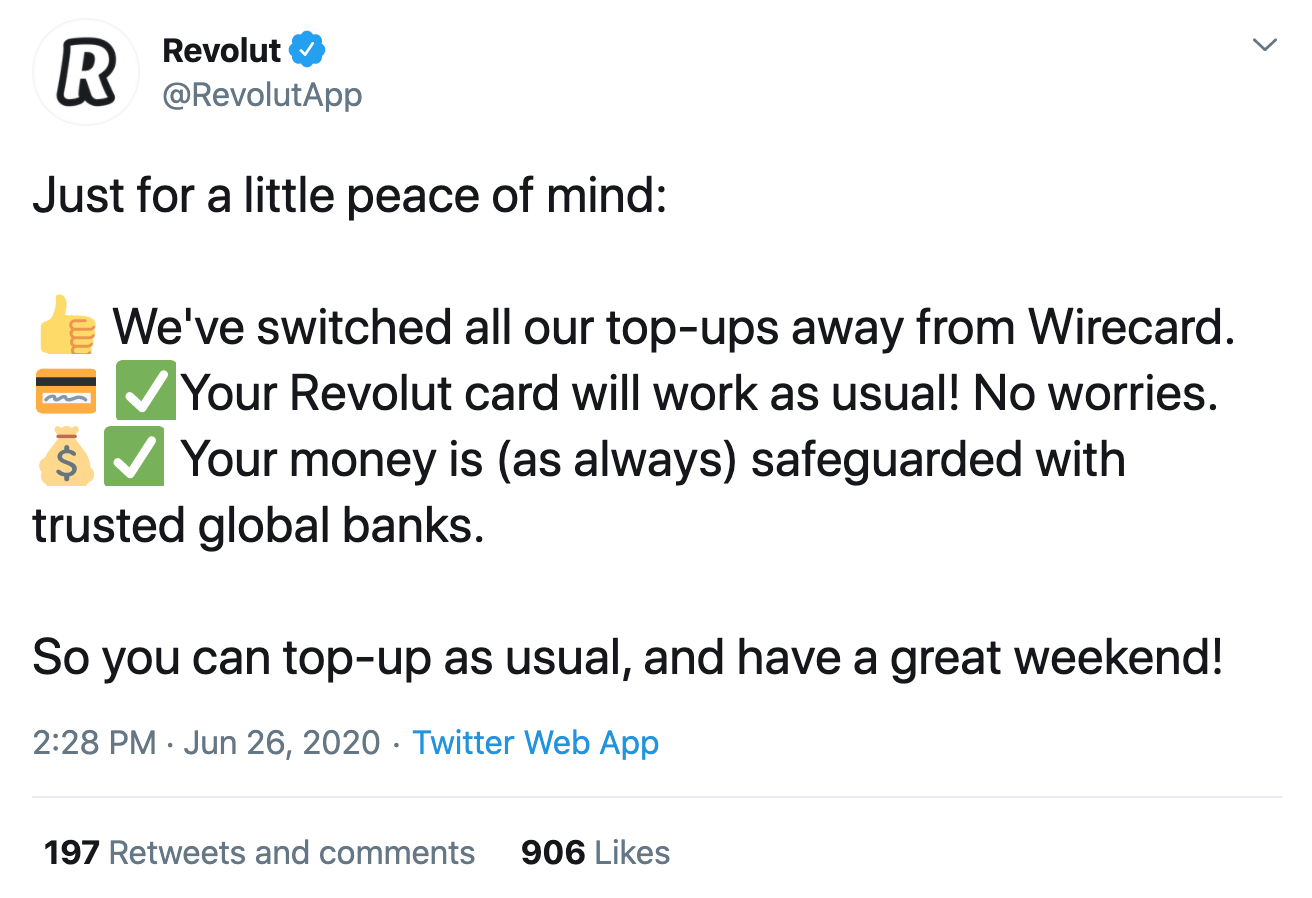
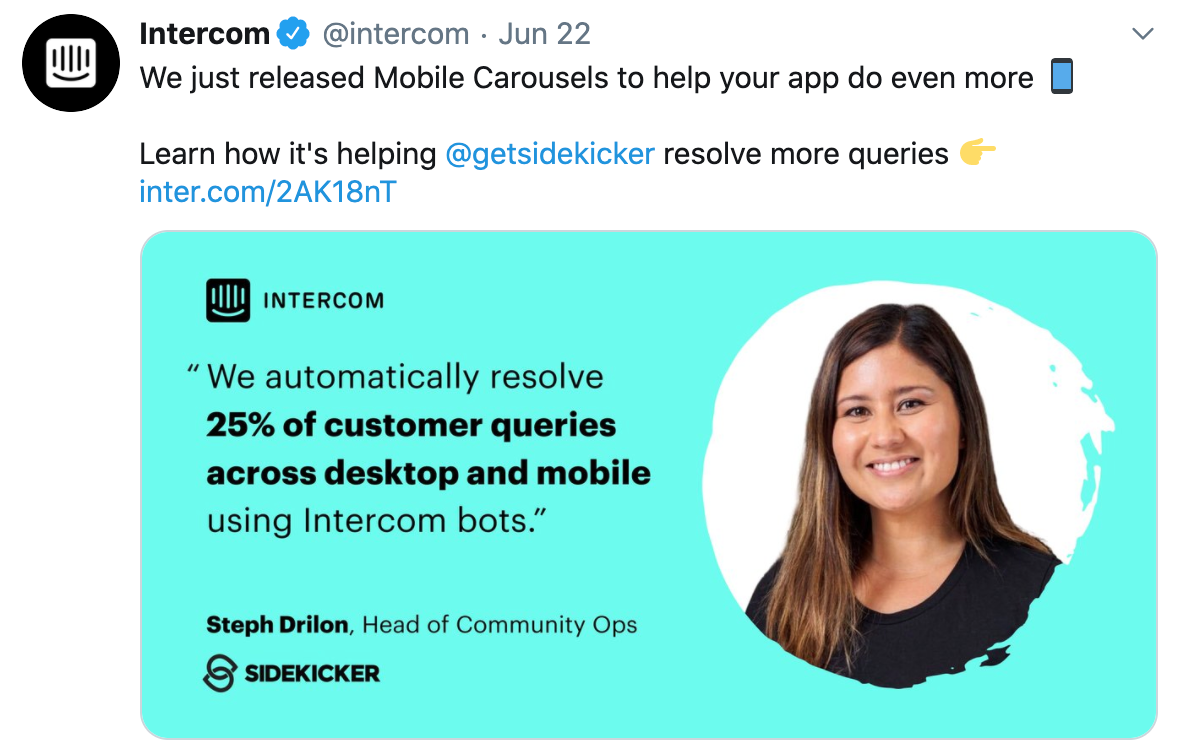
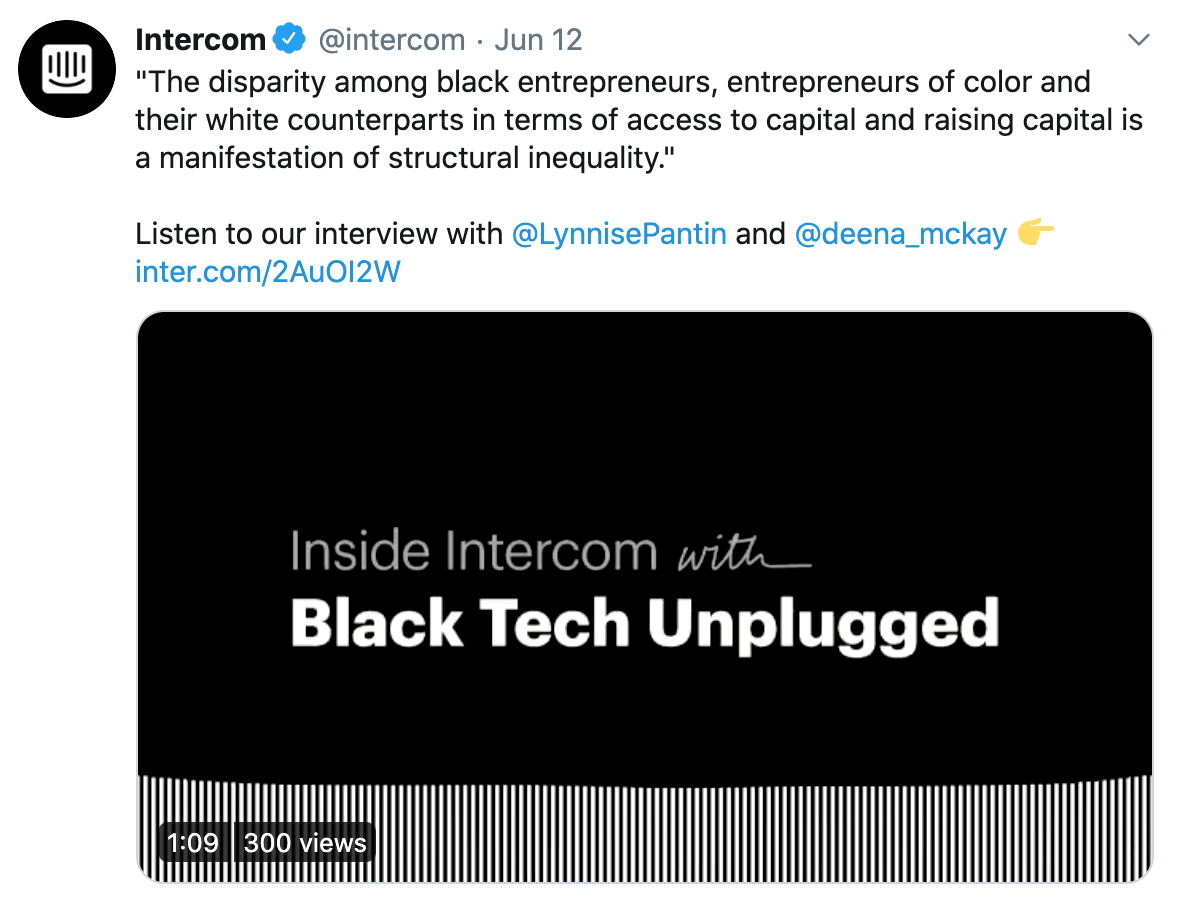
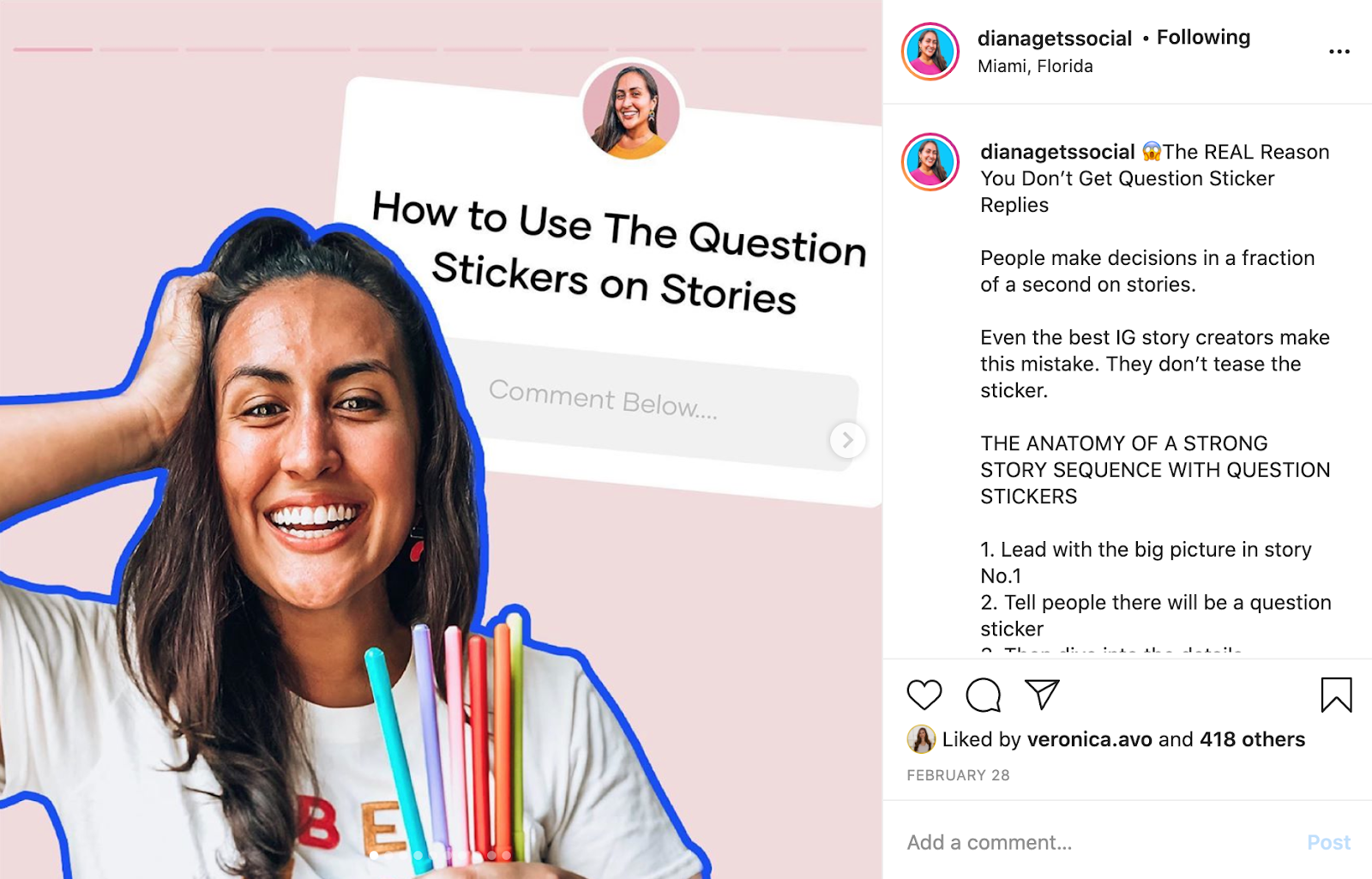
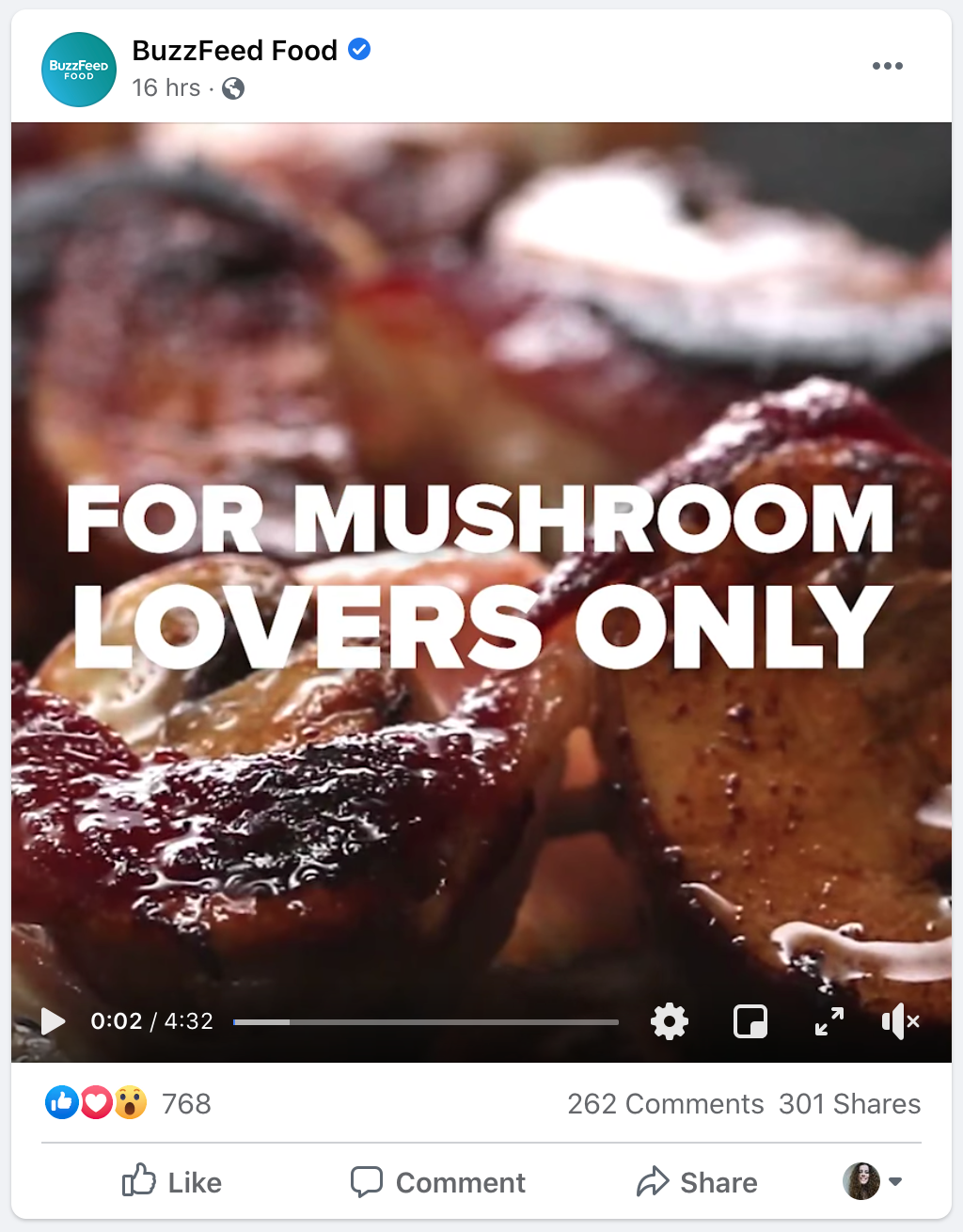
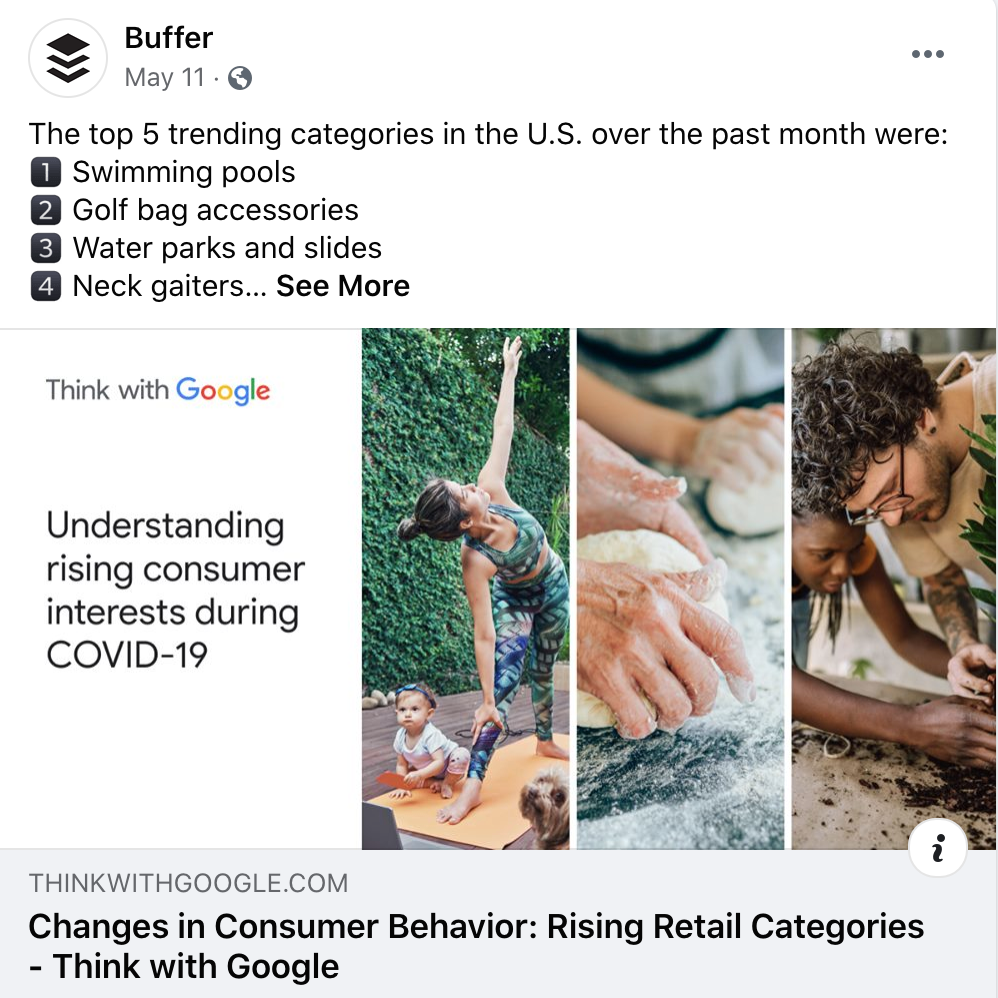
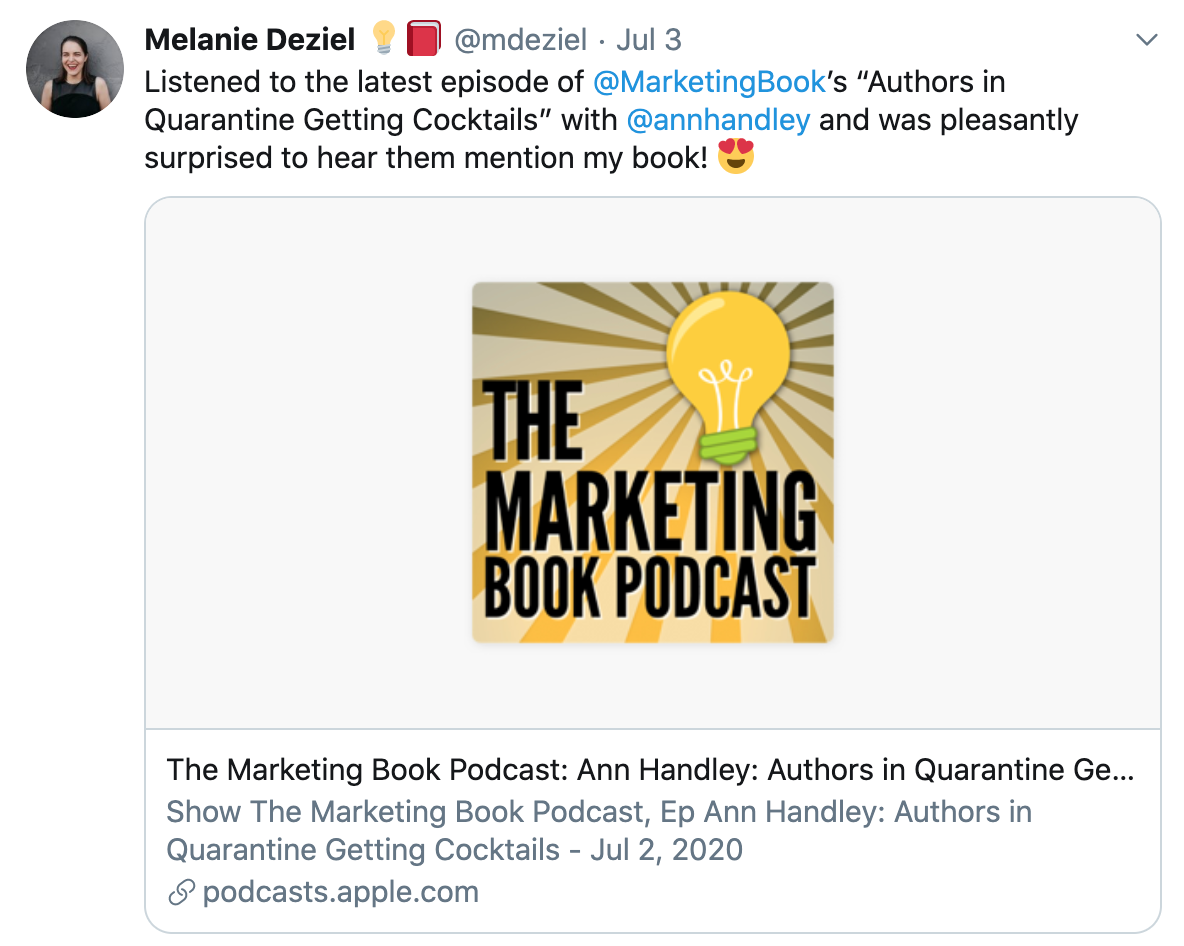
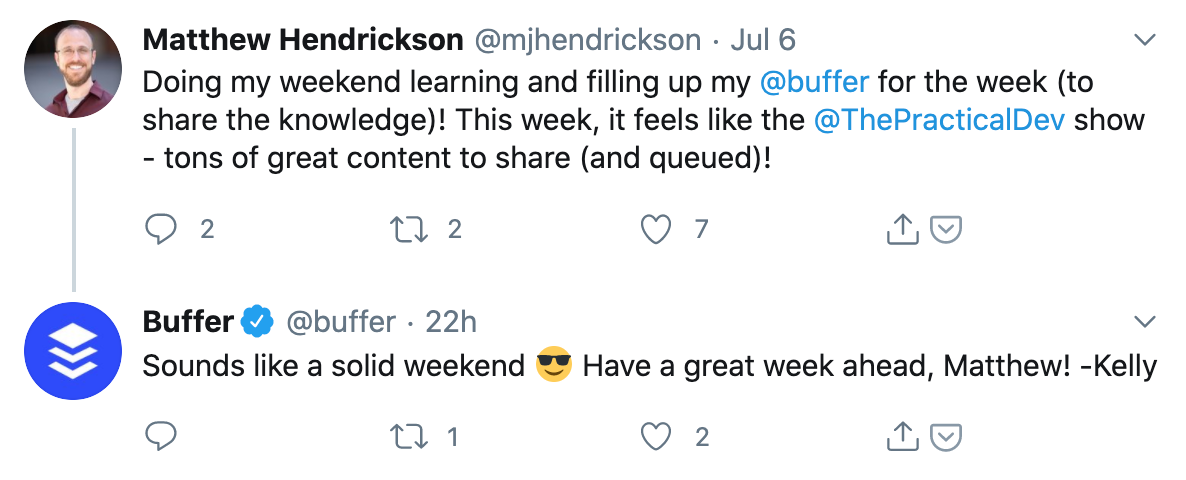
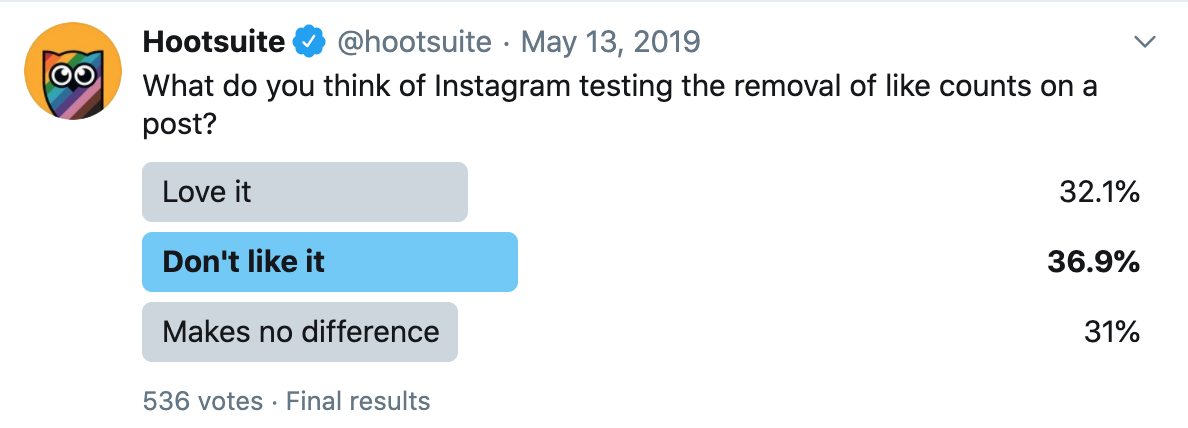
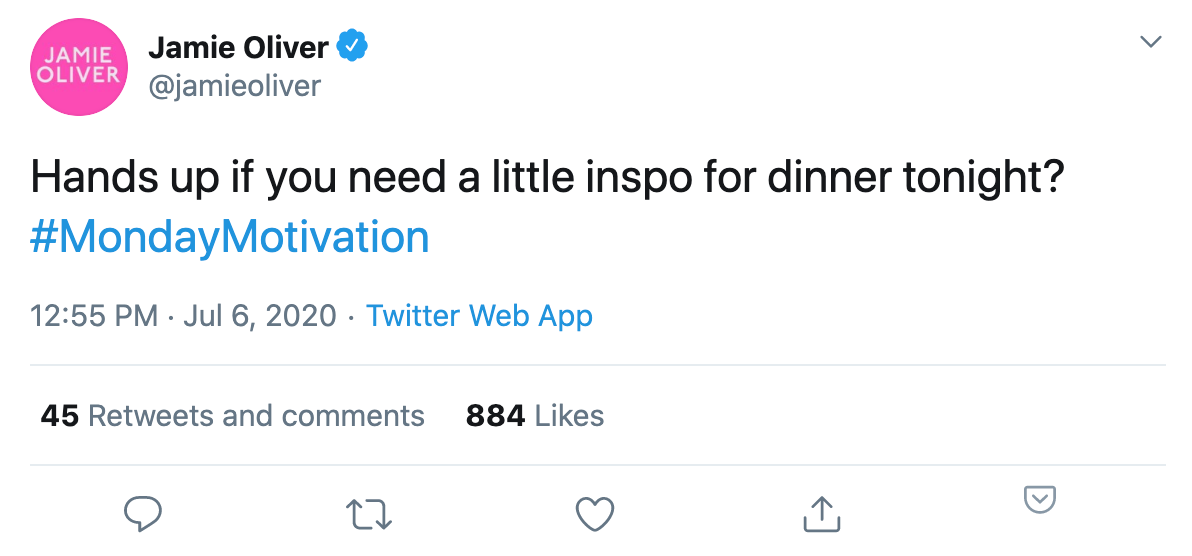


Very helpful post, thank you for sharing. i have started with this and i’m getting results.
thank you very much.
Marijana Kay, Really appreciate you sharing this blog. Really looking forward to reading more. Much Apperciated!
Hey Thanks for sharing this. Really needed it as i am just planning to start an online business. I am sure this will really help. Thanks for sharing.
Nice article